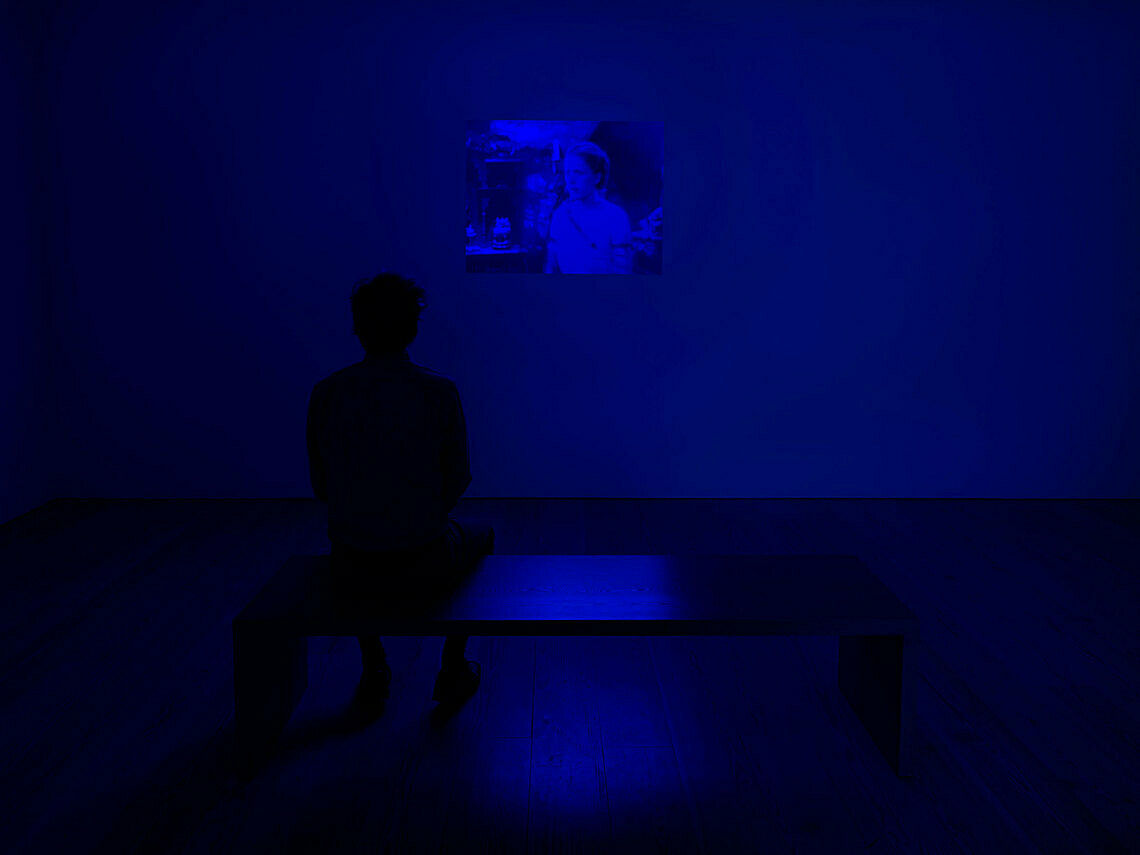Dreamlands: Immersive Cinema and Art, 1905–2016 | Art & Artists
Oct 28, 2016–Feb 5, 2017
Dreamlands: Immersive Cinema and Art, 1905–2016 | Art & Artists
Joseph Cornell
16
To make this mysterious film, Joseph Cornell cut up a 16mm print of the black-and-white Hollywood film East of Borneo (1931). He removed the soundtrack and discarded the plot, retaining only shots of the characters expressing emotions and those focused on the film’s star, Rose Hobart, which he reordered and interspersed with footage from other sources, including a candle, a crowd watching an eclipse, and a white ball falling into a rippling pond. The resulting film, projected at a slowed-down speed, creates a new composition defined by mood, atmosphere, gestures, and subtle transitions.
By projecting the film through a glass filter whose deep blue tint creates a surreal atmosphere suggestive of dreams and the night sky, Cornell has created a portrait of the unconscious mind, allowing us to enter the artist’s own hermetic world through a film that always keeps us at the edge of comprehension. For this presentation, Josiah McElheny, whose work is also included in this exhibition, has created a replica of Cornell’s original glass filter, now in the collection of Anthology Film Archives.

